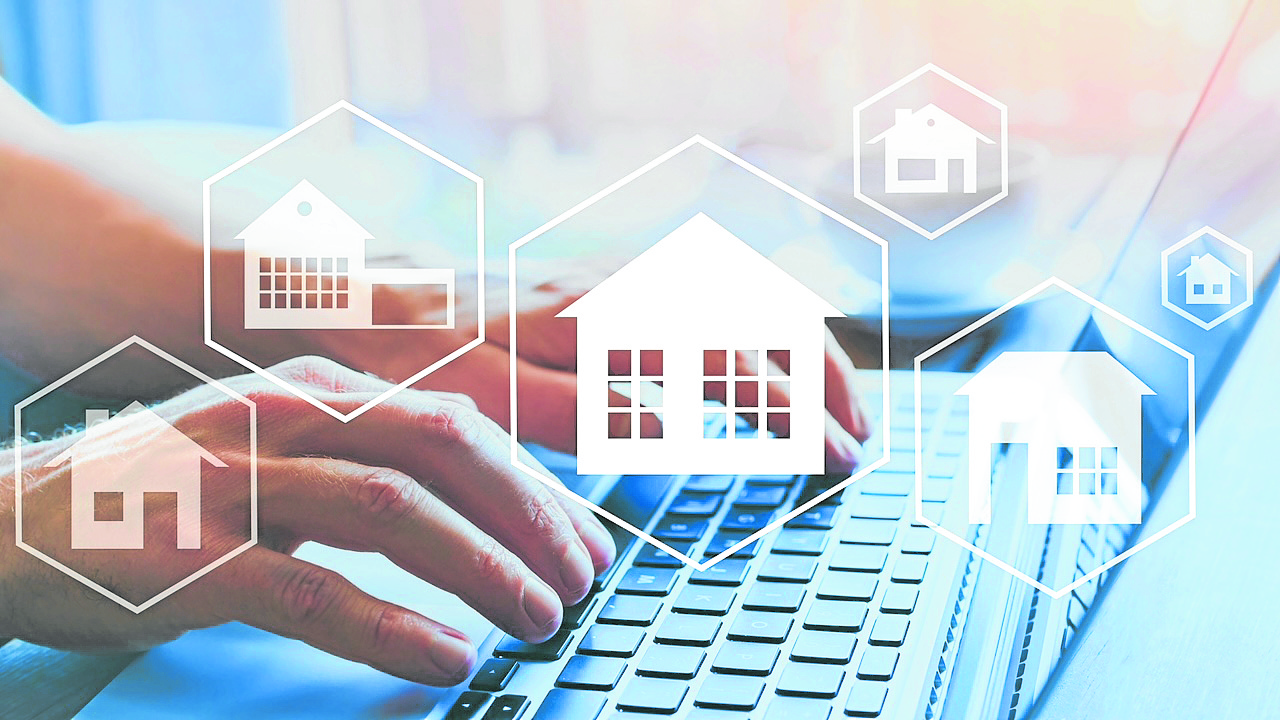Unless you were asleep for the entire year (lucky you!), it’s probably fair to say that COVID-19 disrupted your 2020 life in numerous ways. This is also true for businesses and industries. The pandemic pushed even the most traditional industries to pivot more into technology.
Video calls and 3D tours
Online presence and adaptability have become more essential than ever. Even in our daily lives, video calls have become the norm and social media is being used for constant communication. According to Hootsuite’s annual report, 4.5 billion or approximately 59 percent of the world’s population are connected to the internet (Hootsuite, 2021). In Southeast Asia, almost 400 million people, or about 70 percent of the region’s population, are connected to the internet, with 40 million new users for 2020 alone. (Bain, 2020)
Technology also affected the real estate industry. With less buyers physically wandering through developments, property developers and agents had to bring them virtually closer to the projects. Social media and video calls enable potential buyers to check out properties without physically visiting them.
Many property developers pivoted to online selling and started conducting online tours, 3D walkthroughs and Zoom sessions. These have been proven to be time saving and efficient for seekers and agents alike. Seekers can now check more properties in a day without having to leave the comfort of their own homes.
The challenge now for property developers is to stand out in a crowded online market, compete for property seekers’ attention and close the sale. For the past decade, despite the massive growth in the Philippine property market, the industry is lagging slightly behind neighboring countries in terms of property technology. Even before the pandemic, Thai and Singaporean property developers were utilizing virtual tours, 3D walkthroughs and high-tech presentations in their showrooms. The pandemic pushed Philippine developers to innovate their online sales strategies and property presentation.
Property sales during the pandemic
The growing online presence of property developers and agents also positively affects their audience reach. Now, property seekers can easily look into properties online from halfway across the world. Hiroki Kazato, CEO of PropertyAccess, a company that bridges property transactions between the Philippines and Japan, attributes his success in transacting over $60 million worth of property in 2020 to an increased online presence, and the attractiveness of the Philippine property market to overseas investors.
“I think it’s good that we quickly pivoted our activities online. We didn’t waste time and wait for things to go back to normal because we understood early on that this arrangement will be the new normal moving forward.” Kazato said.
Social media in real estate
One expected result of increased worldwide internet usage is a boom in social media traffic. Data from Hootsuite showed 3.8 billion or 49 percent of the world’s population are active social media users (Hootsuite, 2021). It’s not an exaggeration to say that by the end of 2021, the numbers will grow to at least half of the world’s population. In fact, there are 89 million active social media users in the Philippines, with an increase of 16 million in 2020 alone (Datareportal, 2021).
Locally, more real estate companies are utilizing social media and creating engaging content for their consumers.
For this year, the first touch point for potential clients is inevitably online. Agents and developers are now investing in creating a more effective online presence, improving their social media pages, and churning out content that would hopefully help them engage with their target audience more effectively. The real challenge now is to cut through the immense clutter of content on social media and find a consistent message that resonates with their own particular niche.
Sources:
Pwc.com, Forbes.com, Bain.com, Datareportal.com, Rocketmortgage.com, Hootsuite.com



